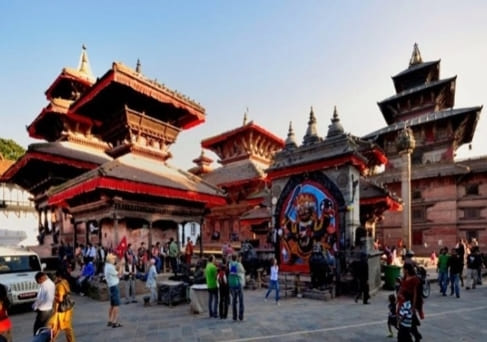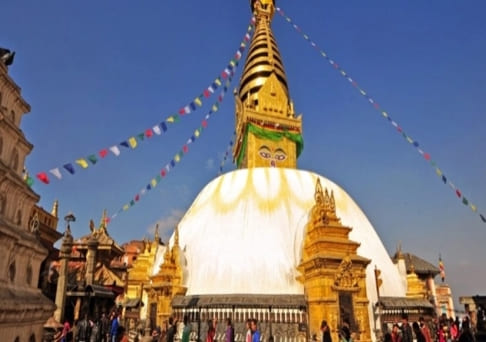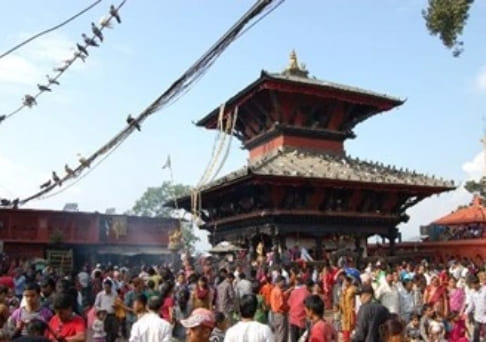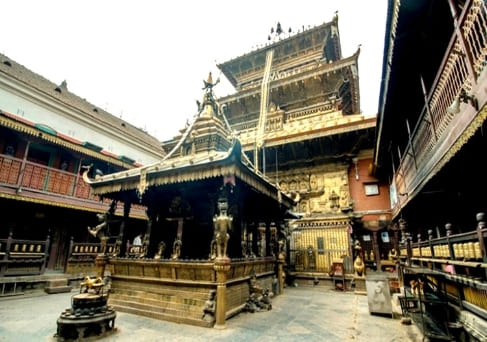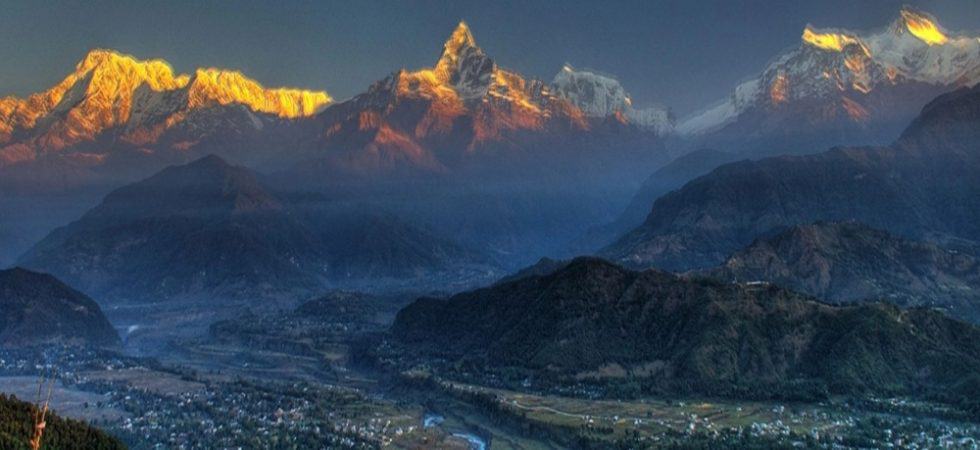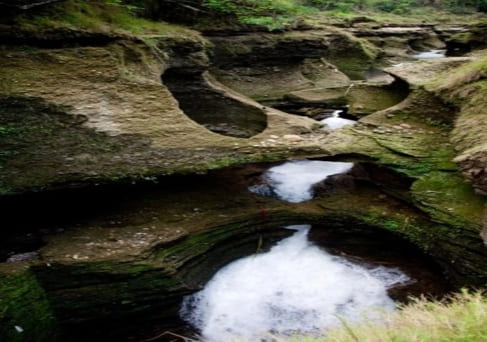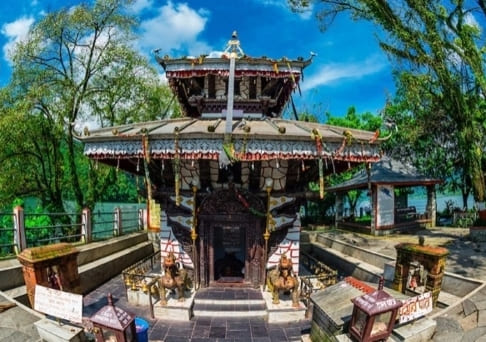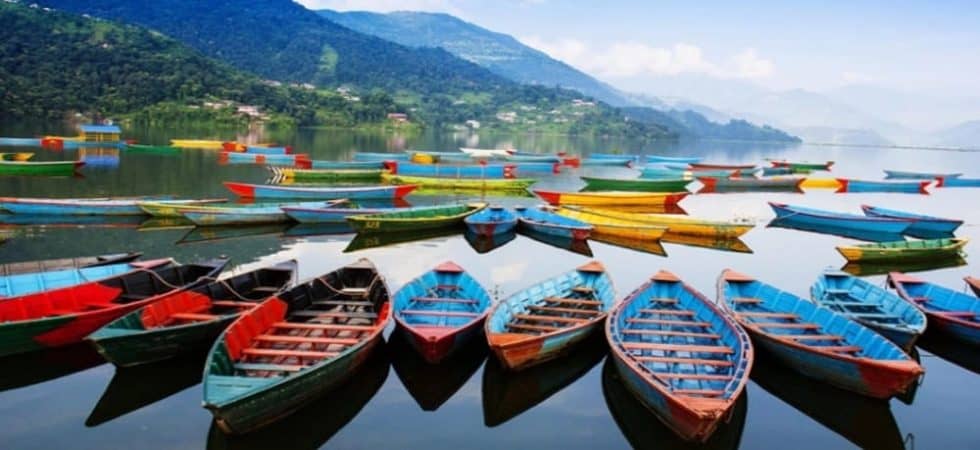Contact Us
Itinerary
Day
01
Arrive Kathmandu (Flight – TBA)
Arrive Kathmandu and you will be met at the airport by a representative holding a signboard with your name displayed. You will be escorted to your hotel and assisted with check in. The essence of the ancient, along with the modern day influence can be observed in the lifestyle and the buildings in the city.
Kathmandu is the center for religion, culture and politics of the whole of Nepal.
Overnight: Kathmandu
Day
02
Kathmandu
After breakfast proceed for full day sightseeing tour of Kathmandu City, Swayambhunath, Patan City & Golden Temple.
KATHMANDU CITY
Listed as one of the eight Cultural World Heritage sites by UNESCO, Kathmandu Durbar Square is a cluster of ancient temples, palaces, courtyards and streets that date back to the 12th to 18th centuries. The square is known to be the social, religious and urban focal point of the Capital City. The Palace Complex was the Royal Nepalese residence until the 19th century and is the site of important ceremonies, such as the coronation of the Nepalese monarch. The palace is decorated with elaborately-carved wooden windows and panels. It houses King Tribhuvan Memorial Museum and the Mahendra Museum. Kathmandu Durbar Square was where the city’s kings were once crowned and legitimized, and from where they ruled (durbar means ‘palace’). As such, the square remains the traditional heart of the old town and Kathmandu’s most spectacular legacy of traditional architecture.
SWAYAMBHUNATH
The Buddhist temple of Swoyambhunath is situated on the top of a hill, west of Kathmandu. It is the one of the oldest religious complexes in Nepal; dating back to the 5th century A.D. Swoyambhunath Stupa has a shape of a dome standing on a base which represents the entire world. A pair of big eyes on each side of the dome symbolizes Wisdom and Compassion. They are, in fact, Buddha’s eyes — they give the impression as if he is looking right into you no matter where you stand. The Swoyambhunath complex consists of a stupa, a variety of shrines and temples, some dating back to the Lichchhavi period. A Tibetan monastery, museum and library are more recent additions. The site has two access points: a long stairway, claimed to have 365 steps, leading directly to the main platform of the temple, which lies in the east direction; and the other way to reach the temple is via a road trip around the hill leading to the southwest entrance.
PATAN DURBAR SQUARE
Is one of the three Durbar Squares in the Kathmandu Valley, all of which are UNESCO World Heritage Sites. One of its attractions is the ancient royal palace where the MallaKings of Lalitpur resided. Durbar Square is a marvel of Newa architecture. The Square floor is tiled with red bricks. There are many temples and idols in the area. The main temples are aligned opposite of the western face of the palace. The Square also holds old Newari residential houses. There are various other temples and structures in and around Patan Durbar Square built by the Newa People. Patan is one of the oldest known Buddhist cities. It is a center of both Hinduism and Buddhism with 136 bahals or courtyards and 55 major temples. Most of these structures are in the vicinity of the Durbar Square.
GOLDEN TEMPLE
Also known as the Hiranya Varna or Suwarna Mahavihara, this unique Buddhist monastery is just north of Durbar Sq. Legends related that the monastery was founded in the 12th century, although the earliest record of its existence is 1409. Shoes and other leather articles must be removed if you leave the walkway and enter the inner courtyard. Look for the sacred tortoises pottering around in the courtyard – they are temple guardians. The main priest of the temple is a young boy under the age of twelve, who serves for 30 days before handing the job over to another boy. The large rectangular building has three roofs and a copper-gilded façade. Inside the main shrine is a beautiful statue of Sakyamuni. In the far right of the courtyard is a statue of Vajrasattva wearing an impressive silver-and-gold cape. In the centre of the courtyard is a small, richly decorated temple with a golden roof that has an extremely ornate gajur. Inside in the oldest part of the temple is a ‘self-arisen’ chaitya.
Overnight: Kathmandu
Day
03
Kathmandu – Pokhara (Drive 210 Kms / 06-07 Hrs)
After breakfast check out from the hotel and drive to Pokhara. Enroute visit Manakamana. Stop at Kurintar. Then ride cable car up-hill to Manakamana Temple (Approx. 11 minutes cable ride)
MANAKAMANA
Manakamana is temple of Durga Bhawani (Hindu Goddess), situated in Gorkha District of Nepal. Manakamana means the “Wish from Heart”. It is believed that Goddess Manakaman fulfills the wishes of ones who worship her with pure heart. It is very true when someone wish something from the heart; it is fulfilled by the God. It is situated at about 1300 meters at a top of a hill surround by a small village community. It is about 9 Km north-east of the town of Mugling and at about 90 Km West from Kathmandu and East from Pokhara. Manakamana is Hindu Goddess so she is worshiped with offerings of flower, sound, scent, dress, make-ups and colors. There is a tradition of sacrificing animals at the temple. People can be seen standing in line with poojasamagri (worship materials) in hand and some of them carrying duck, cock or goat with them. People seem to enjoy standing in the line without food, some even with no water. Then continue drive to Pokhara. Upon arrival at Pokhara, transfer to the hotel and rest / refresh.
POKHARA
Pokhara is the city of lakes that lies at the foothills of the majestic Annapurna range and consists of thick forests, gushing rivers and clear lakes. It offers a perfect getaway from the busy and chaotic life of the city. If Kathmandu is the cultural hub of Nepal, then Pokhara is the center of adventure. Pokhara is an adventure paradise offering activities such as paragliding, trekking, and mountain biking, ultra-light flight, zip line adventure, bungee jumping, rafting, kayaking and much more. It is the only place in the world from where one can enjoy the magnificent views of mountains having elevation above 8000 meters sitting below 1000 meter above sea level.
Overnight: Pokhara
Day
04
Pokhara
After breakfast proceed for half day sightseeing tour of Pokhara City and 45 mins boat ride on Lake Phewa. Sightseeing places of Pokhara are Davis Falls, Mahendra Cave (lime stone cave), Chamero (Bat) Cave, Gupteshwor Cave, and Seti Gorge.
DAVIS FALL’S
Witness a unique waterfall that lies 2 Km from central Pokhara City. The water fall directly goes into a deep and narrow canal with no ends. It is believed that this deadly waterfall took the life of a tourist named David, who fell down into the cannel and was never found, and hence the name David waterfall, named in his memory by the people of Pokhara. This place has many nick names like Davy’s fall, David’s fall or Davis’s fall, all mean the same thing `The Davis Water Fall’.
GUPTESWOR MAHADEV CAVE
Gupteshwor Mahadev cave is one of the longest caves in Nepal. On the way to cave, there are shining stones seen everywhere and in the temple is big stone that looks like snake’s head and tortoise which is consider as the image of the lord Shiva. Second part is very beautiful and you see shining stones and different types of rocks like bee hives.
Visit Tal Barahi Temple with 45 Minutes boat ride at Lake Fewa
TAL BARAHI
Tal Barahi Temple, also known as Lake Temple or Barahi Temple is a two-story pagoda temple located in the Kaski District of the Gandaki Zone in western Nepal. It is a hindu temple of the Goddess Durga (Barahi), the protector of gods. It is located in a small island on the south east section of Phewa Lake in Pokhara. The temple is used for worship by both Hindus and Buddhists.
THE FEWA (OR PHEWA) LAKE
1.5 kilometer long, second largest lake in Nepal, offers an excellent view of the mountains and their reflections on the lake. Many tours and trekking operators and hotels are located on the lakeside. One can easily find a place to sit back, relax and enjoy great meal while enjoying scenery here. You will also enjoy 01 hrs boating on the lake. Most hotels and guest houses have traditional designs and layouts which match with the surrounding views.
SETI RIVER
It is mysterious wonder of Pokhara, originated from the Machhapuchhre glacier. Seti (which means white in Nepali) River runs through the main city area in about 40 meters depth. The river provides a perfect view of its dreadful rush before it disappears at Bagar into a deep gorge. The gorge is visible from the bridges in the city. After sightseeing, transfer back to hotel and rest of the time at leisure
Overnight: Pokhara
Day
05
Pokhara – Kathmandu (Drive 210 Kms / 06-07 Hrs)
After breakfast check out from the hotel and drive to Kathmandu. Upon arrival, check into the hotel. Balance of the day will be at leisure to relax at hotel.
Overnight: Kathmandu
Day
06
Depart Kathmandu (Flight – TBA)
Today check out at 1200 Hrs. and transfer to the airport to board the flight to onward journey. Your amazing excursion to this wonderful land has come to an end!!


